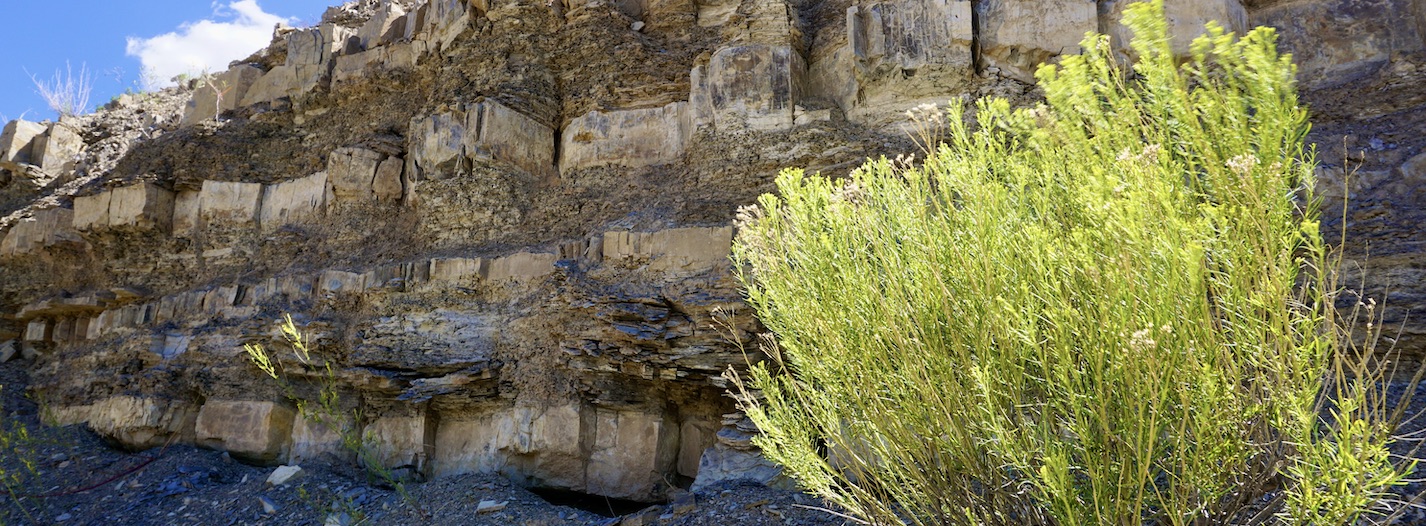
Mechanical Stratigraphy and Geomechanics of Shale
Course Details
Mechanical stratigraphy refers to the by-product of depositional composition and structure (starting point) and chemical and mechanical changes that are superimposed on rock composition, texture, and interface after deposition (Laubach, S. et al 2009). Understanding depositional and superimposed changed properties are imperative to optimized exploitation of shale reservoirs. Maximizing induced fracture network and exposed surface area facilitates hydrocarbon flow into the wellbore. Thus, in this course we begin with the building blocks – fundamentals of mudstone facies paying emphasis on inherent heterogeneity and expanding to porosity and permeability heterogeneity. Moving to the core aspect of the course – geomechanics, we dive into the controls of hydraulic fracture dimension – height, width, and complexity. Leveraging on previous lab work, field data for the purposes. The interaction of natural fracture with induced hydraulic fractures will be discussed. Day-to-day field phenomenon including well interference, stress shadow, reduced perforation efficiency, etc. will be harnessed to establish the role of geomechanics in the exploitation of these reservoirs.
Who Should Attend
Geologists, Geophysicists, Petrophysicists, Petroleum Engineers who are currently working or plan on working on shale resource plays.
Need more information?
Course Outline
Day 1
Mudstone facies – Key to recognizing heterogeneity lies in the ability to capture the variations in the depositional environment. Composition, texture, and bedding provide the clue to the depositional environment. The critical link between the productivity, preservation, and dissolution of organic matter which are dependent on the variations in depositional environment will be discussed.
Porosity and permeability heterogeneity – Inherent heterogeneity or anisotropy in porosity and permeability properties arise mainly due to the depositional composition, burial, and diagenesis. Techniques that enable appreciation and quantification of this heterogeneity will be discussed.
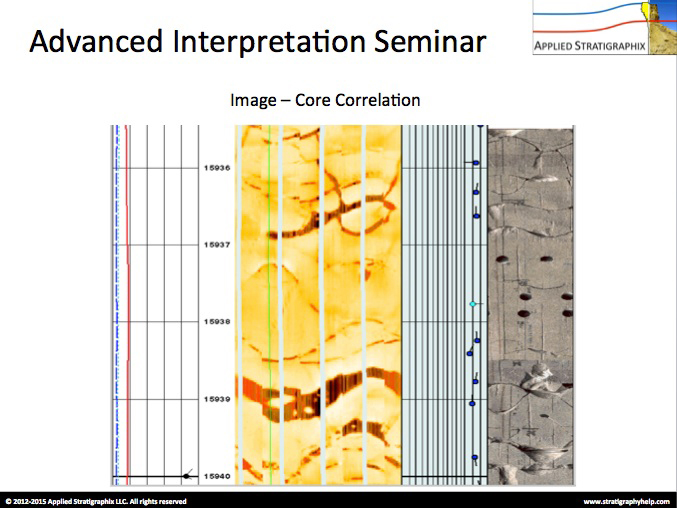
Day 2
Geomechanics – Understanding the mechanism underpinning hydraulic fracturing process forms the basis of this session. Controls on HF height, width and complexity are discussed by leveraging on fundamental concepts of stress, stress anisotropy, pore pressure.
Mechanical properties including elastic properties and their role in enhanced fracture conductivity, prevention of proppant embedment are discussed. We cycle back to rock composition, fabric (texture and bedding) to demonstrate the inherent anisotropic nature of mechanical properties.
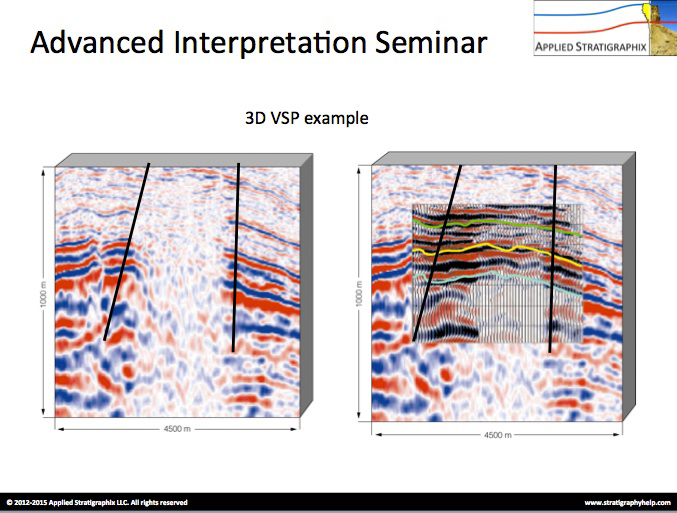
Day 3
The presence of planes of weakness and natural fractures influences the evolution of induced hydraulic fractures. Various tectonic settings and the respective evolution will be discussed.
Application aspect of Geomechanics – Well Interference, Stress Shadow, Refracturing and several field phenomena are discussed to highlight the impact of pore pressure, depletion, and stress orientation and/or magnitude change at a larger, more applicable scale.
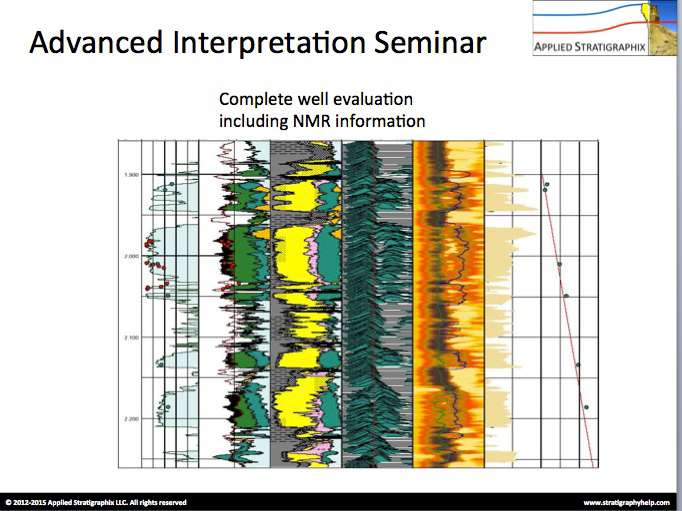
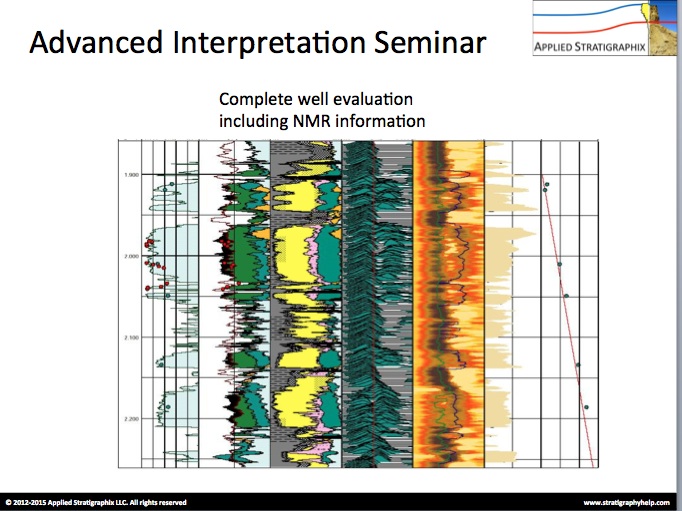
This course is offered upon request.


